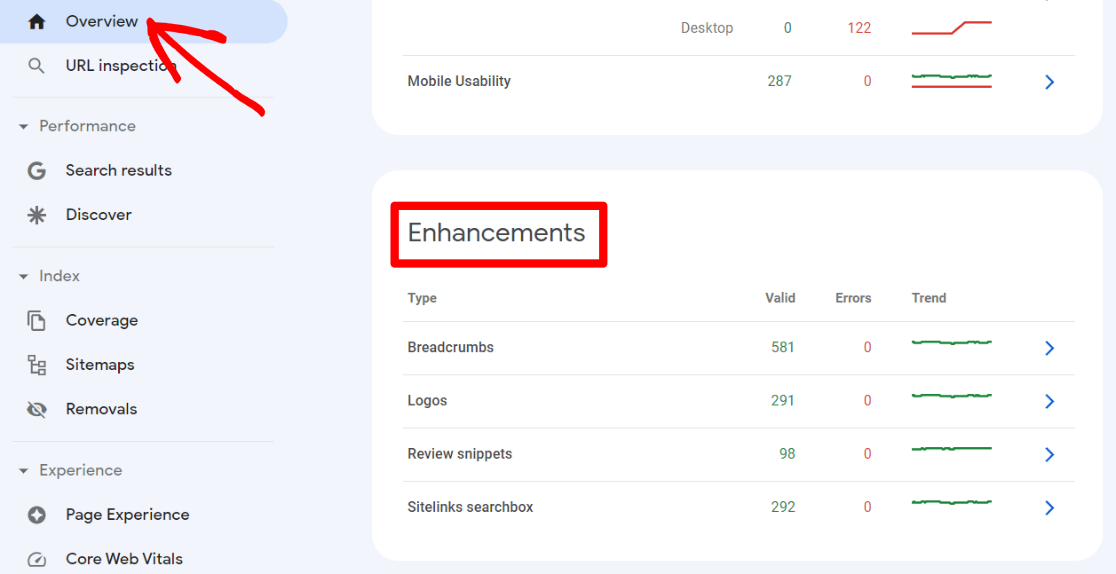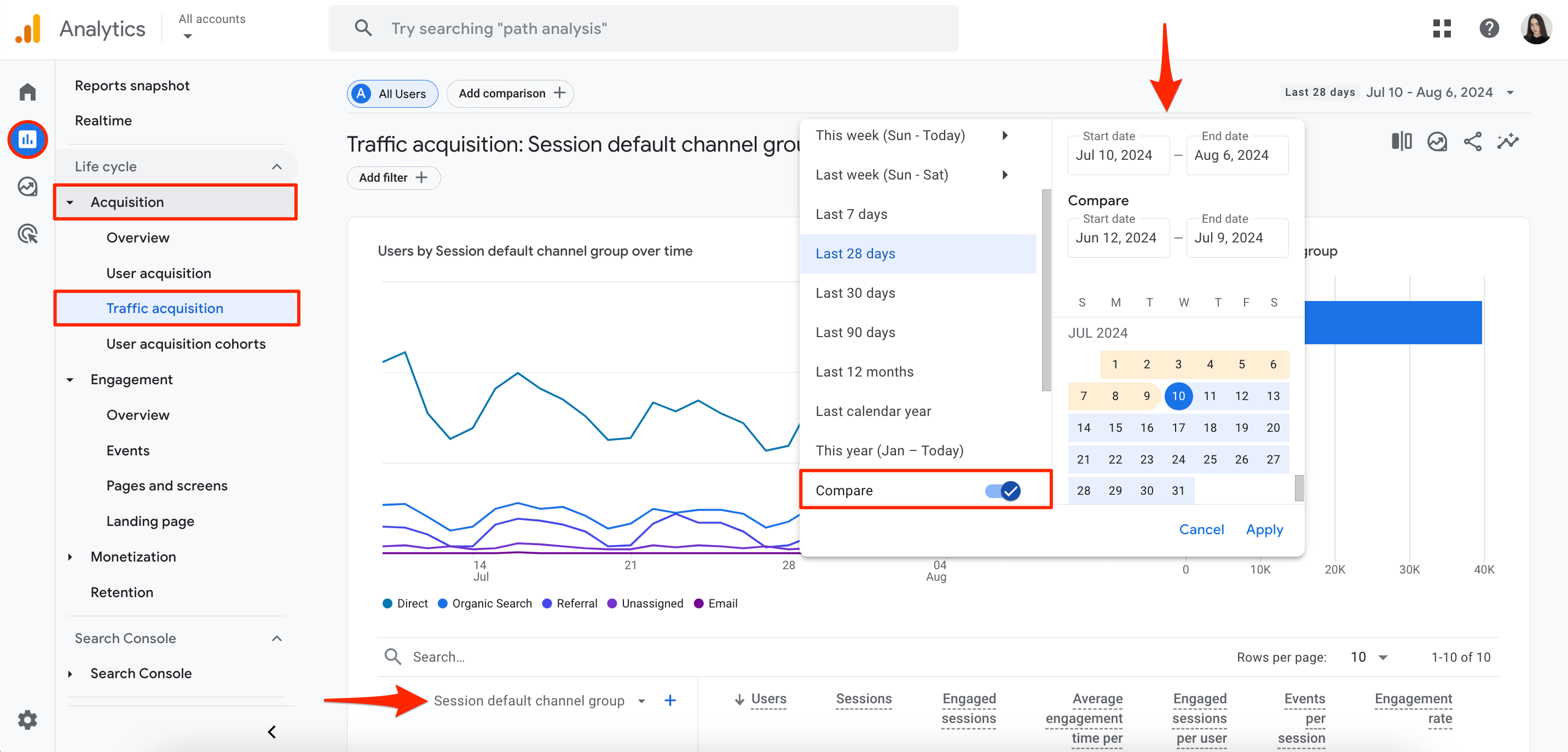To succeed in SEO, it’s essential to not only implement strategies but also continuously track and analyze performance. Effective SEO analytics and performance tracking enable you to understand what’s working, identify areas for improvement, and optimize your efforts for long-term success. Whether you’re looking to boost rankings, increase organic traffic, or improve conversions, detailed tracking is the key to making informed decisions.
In this guide, we’ll cover the top strategies for SEO analytics and performance tracking, focusing on actionable insights that will help you measure and improve your SEO efforts.
1. Set Clear SEO Goals and KPIs
Before diving into analytics, it’s crucial to define your SEO goals and establish key performance indicators (KPIs). Your goals should be measurable and aligned with your business objectives.
Actionable Steps:
- Define Specific SEO Goals: Examples of SEO goals could be increasing organic traffic by 20%, improving domain authority, or ranking on the first page for target keywords.
- Identify Key KPIs: Common SEO KPIs include organic traffic, keyword rankings, click-through rates (CTR), bounce rates, and conversion rates. Make sure the KPIs you track directly correlate with your SEO goals.
- Set Benchmarks: Establish baseline data for your SEO KPIs. This will help you track progress and measure the impact of your optimizations over time.
2. Use Google Search Console for Core SEO Insights
Google Search Console (GSC) is one of the most powerful tools for SEO performance tracking. It provides data on how Google crawls, indexes, and ranks your website, as well as performance metrics like clicks, impressions, and average position.

Actionable Steps:
- Monitor Organic Search Performance: In GSC, go to the “Performance” report to track total clicks, impressions, CTR, and average position for your target keywords. Compare date ranges to track progress over time.
- Analyze Search Queries and Pages: Use the “Search Queries” section to identify which keywords are driving traffic to your site. You can also assess individual page performance to see which pages rank well and which need improvement.
- Track Indexing Issues: The “Coverage” report highlights errors, such as pages not being indexed or crawl issues. Regularly monitor and fix these errors to ensure your pages are discoverable by search engines.
- Optimize for Core Web Vitals: Google Search Console also provides insights into your Core Web Vitals (LCP, FID, and CLS) under the “Experience” report. Ensure that your pages meet the performance thresholds for better rankings.
3. Leverage Google Analytics for Detailed Traffic Insights
While Google Search Console provides search-related data, Google Analytics offers a broader view of how users interact with your website. By tracking user behavior, you can gain insights into how SEO efforts impact overall site performance and conversions.

Actionable Steps:
- Monitor Organic Traffic Trends: Under “Acquisition > All Traffic > Channels,” filter for organic search to see how much traffic is coming from search engines. Track trends over time and identify any significant fluctuations.
- Analyze User Behavior: Use the “Behavior” report to analyze metrics like bounce rate, session duration, and pages per session. These metrics help you assess whether organic visitors find your content engaging.
- Track Conversions and Goals: Set up goals and conversion tracking to see how organic traffic contributes to your business objectives, such as form submissions, product purchases, or newsletter sign-ups.
- Segment Your Data: Use segmentation to analyze organic traffic behavior by device, location, or demographics. For example, compare mobile vs. desktop performance to identify where optimizations are needed.
4. Track Keyword Rankings with SEO Tools
Tracking keyword rankings is critical to understanding how your optimization efforts are affecting visibility in search results. Tools like Ahrefs, SEMrush, and Moz provide detailed keyword ranking data, as well as competitive insights.
Actionable Steps:
- Monitor Daily Keyword Rankings: Use your preferred tool to track how your target keywords rank on a daily basis. Set up alerts to notify you of significant ranking drops or improvements.
- Analyze Competitor Keywords: Track the keywords your competitors are ranking for and identify opportunities where you can improve your own rankings. Use tools like SEMrush’s “Keyword Gap” to discover missed keyword opportunities.
- Assess Ranking Changes After Updates: After publishing new content or implementing SEO changes, closely monitor how your rankings fluctuate. Look for upward trends that indicate successful optimizations.
- Group Keywords by Search Intent: Segment keywords by search intent (informational, transactional, navigational) to better understand how different types of content perform in the SERPs (Search Engine Results Pages).
5. Monitor Backlink Profile and Domain Authority
Backlinks remain a key ranking factor, and tracking your backlink profile can help you understand how off-page SEO efforts are impacting your rankings. Tools like Ahrefs, Majestic, and Moz allow you to monitor your domain’s authority, identify new backlinks, and detect harmful links.
Actionable Steps:
- Track New and Lost Backlinks: Use backlink monitoring tools to get regular updates on new backlinks and identify any lost links. Prioritize acquiring high-quality links from authoritative sites and reach out to recover lost links when possible.
- Assess Domain Authority (DA) or Domain Rating (DR): Domain authority is a metric that estimates your site’s overall strength in search results. Track changes in your DA/DR over time to see how your backlink efforts are paying off.
- Identify Harmful Links: Regularly audit your backlink profile to identify any toxic or spammy links that could negatively impact your rankings. Tools like Ahrefs’ “Disavow Tool” or Google Search Console’s disavow function can help you handle harmful links.
- Monitor Competitors’ Backlink Profiles: Analyze your competitors’ backlink strategies to identify where they are gaining valuable links. This can uncover opportunities for you to earn similar backlinks.
6. Track Page Speed and Core Web Vitals
Page speed is not only crucial for user experience but is also a ranking factor, especially after Google’s Page Experience Update. Regularly monitor and optimize page speed to ensure that your site provides a fast, smooth user experience.
Actionable Steps:
- Use Google’s PageSpeed Insights: Enter your URL into PageSpeed Insights to get a report on both mobile and desktop performance. Pay special attention to Largest Contentful Paint (LCP), First Input Delay (FID), and Cumulative Layout Shift (CLS).
- Optimize Core Web Vitals: Use the data from PageSpeed Insights and Lighthouse to address issues affecting your Core Web Vitals. This could include optimizing images, deferring JavaScript, or reducing server response times.
- Monitor Mobile vs. Desktop Speed: Since mobile speed often differs from desktop, regularly check both versions of your site. Make sure your mobile site is just as fast and user-friendly as your desktop version.
- Test and Implement Changes: After making changes to improve page speed, retest your site using the same tools to see how your improvements have impacted your Core Web Vitals and overall performance.
7. Use Heatmaps and User Behavior Tracking
Understanding how users interact with your website is crucial for optimizing user experience and content layout. Heatmaps and user behavior tools like Microsoft Clarity, Hotjar or Crazy Egg provide visual data that shows how visitors engage with your pages.
![]()
Actionable Steps:
- Analyze Heatmaps: Use heatmaps to see where users click, scroll, or drop off on your web pages. This can help you optimize page layouts, call-to-action (CTA) placement, and content positioning.
- Track User Sessions: Tools like Hotjar allow you to record user sessions and observe how real users navigate through your site. Identify points of friction or areas where users tend to abandon pages.
- Optimize for Conversions: Use insights from heatmaps and session recordings to improve your website’s conversion rates. For example, if you notice users are not engaging with a CTA, consider repositioning it or improving its visibility.
8. Monitor SEO Performance Over Time
SEO is a long-term process, so it’s essential to track performance trends over weeks, months, and even years. Regular performance tracking allows you to measure the effectiveness of your SEO strategy and make adjustments when necessary.
Actionable Steps:
- Create Weekly and Monthly Reports: Use Google Analytics, Search Console, and your SEO tools to compile regular reports that track the progress of your SEO efforts. Focus on organic traffic, keyword rankings, and key SEO metrics.
- Set Up Automated Reports: Many SEO tools allow you to set up automated reports, which can be sent directly to your email or shared with your team. This ensures that you’re always updated on performance without manually pulling data.
- Compare Historical Data: SEO is influenced by seasonality, algorithm updates, and competition. Compare year-over-year or month-over-month data to identify patterns or anomalies that could inform future strategies.
- Adapt to Algorithm Changes: Google frequently updates its algorithms, and these changes can impact your rankings. Monitor performance closely after algorithm updates, and make necessary adjustments to align with new ranking factors.
Conclusion
Tracking and analyzing your SEO performance is critical for ensuring the success of your SEO strategy. By leveraging tools like Google Search Console, Google Analytics, and third-party SEO tools, you can gain actionable insights into your website’s performance, optimize for key ranking factors, and continuously improve your SEO efforts.
Incorporating regular monitoring, tracking core KPIs, and making data-driven adjustments will allow you to refine your strategy and maximize your website’s visibility, traffic, and conversions.
